It is known that estate planning takes place in a complicated web of documents and legal jargon. However, it’s really about protecting what really matters to you: your family, your wishes, and your legacy. The pour-over will is not one of the more widely known yet very useful tools in the estate planning toolkit. Understanding what a pour-over is can be a game changer when it comes to how their estate is handled after they pass away for anybody who is setting up a trust or refining their financial plan.
What Is a Pour Over Will?
A pour over will is a type of will that works with another type called a living trust, which is an advantage when having a more unified and effective estate plan. The pour-over will essentially act as a safety net instead of listing individual heirs and instructions for each and every asset. It includes the assets that you did not transfer into your trust during your life and ‘pours’ the assets into that trust after your death.
It will also work to ensure that even if you forget to retitle a bank account or buy new property late in life, your pour-over will see that those assets eventually get put under your trust. It’s a strong way to close the gaps and make sure everything goes into one smooth system for distribution.
How Pour-Over Wills Actually Work?
Think of a pour-over as your last catch-all clause in your estate plan and understand how a pour-over will work. The starting point is when an individual establishes a trust, mostly a revocable living trust. This trust specifically manages, distributes, and protects your assets, sometimes even while you are alive, is called this trust.
When the trust is set, the pour-over will is drafted. This document does say that everything not already in the trust when the person dies should be added to it. After your death, if the assets are not titled in the trust name, they will probate, go through the court supervised process and are then transferred to the trust, where the trustee can manage them with your stated wishes.
Why a Pour-Over Will Offers Simplicity and Peace of Mind?
The simplicity of a pour-over will is one of the most compelling benefits of a pour-over will. And if assets are in accounts or were forgotten about, an estate plan without this kind of will can easily become fragmented. A pour-over will mean everything ultimately goes into one trust, which is an organized and consolidated estate.
This centralization reduces headaches for your loved ones as it helps to reduce confusion. This means that you don’t have to deal with each will, account, and instruction because your trustee can handle everything from one trust document with the guidance you have set out.
Privacy Matters: Keeping Estate Details Confidential
When it comes to the publication of trust, traditional wills become public records at the time of probate, while trusts remain private documents. The pour-over mechanism adds another benefit in this case. While the assets listed in the pour-over will be subject to probate, when they are transferred into the trust, the specific details (what they are, who gets them, and how they are managed) remain private.
This combination of a pour-over will and trust offers added confidentiality that a stand-alone will provide for families who want discretion or to avoid public scrutiny of their estate affairs.
Continuity of Asset Management
Assets passed through a will are at risk or impractical when distributed directly to beneficiaries without a trust. A pour-over will make sure that everything eventually makes its way into the trust, where it can be managed in accordance with a carefully designed plan.
In particular, this continuity can be very important when there are minor children, special needs beneficiaries, or multi-generational wealth. The trust provides built-in rules with built-in protections, which makes an easier, longer-term management of the estate even after the initial transfer of assets.
The Legal Landscape: What You Should Know
Despite its benefits, a pour-over will not completely avoid probate. Any assets that weren’t transferred into the trust during your lifetime must go through the probate process before they can be moved into the trust. This process can be time-consuming and sometimes costly, depending on your state’s laws and the complexity of the estate.
Additionally, estate planning laws vary from state to state, making it essential to ensure your pour-over will comply with local regulations. A well-crafted will that aligns with your state’s specific rules is crucial to ensuring your wishes are carried out without delay or legal challenges.
Why the Trust Terms Must Be Carefully Drafted?
The pour-over will is only as effective as the trust it supports. For this reason, the terms of the trust must be detailed, comprehensive, and aligned with your overall intentions. The trust document should clearly identify beneficiaries, outline how and when assets are to be distributed, and specify the trustee’s responsibilities.
If the trust is vague or outdated, it could cause complications when the pour-over attempts to move assets into it. This highlights the importance of regularly reviewing and updating both your trust and pour-over will to reflect changes in your life, finances, and relationships.
Should You Combine a Pour-Over Will with a Trust?
For many people, combining trust with a pour-over will is a smart move. While a trust is excellent for managing assets during your lifetime and avoiding probate, the pour-over will act as the net that catches anything you missed. Together, they create a full-circle estate plan that is both flexible and thorough.
This setup is especially helpful for individuals with dynamic financial portfolios or those who may forget to retitle newly acquired assets in the name of the trust. The pour-over will ensure that those items don’t slip through the cracks and are ultimately managed by the same rules and structure as the rest of your estate.
Addressing Common Concerns About Pour-Over Wills
What happens if I acquire new assets after creating my trust?
If you forget to transfer those assets into your trust, your pour-over will catch them and ensure they’re moved into the trust upon your passing.
Can I change my pour-over will?
Absolutely. Just like any estate planning document, a pour-over can be amended or revoked at any time, as long as you are mentally competent. Life changes—like marriage, divorce, new children, or financial shifts—often prompt updates to the will and trust.
Is it difficult to manage a pour-over will and trust together?
Not at all. In fact, this combination often simplifies estate planning. With regular updates and a trusted advisor or attorney, maintaining both documents can be a seamless process.
Conclusion: A Unified and Flexible Estate Planning Solution
In the realm of estate planning, a pour-over will might not be the flashiest tool, but its function is crucial. It serves as a bridge between a traditional will and a living trust, catching anything that might have been left behind and ensuring all assets end up exactly where you intended.
For those wondering what is a pour over will and whether it belongs in their estate plan, the answer is clear: if you have a trust—or are considering creating one—a pour-over will is an essential component. It provides peace of mind, legal protection, and organizational clarity for your loved ones. Ultimately, it helps ensure your legacy is handled with the care and precision it deserves.


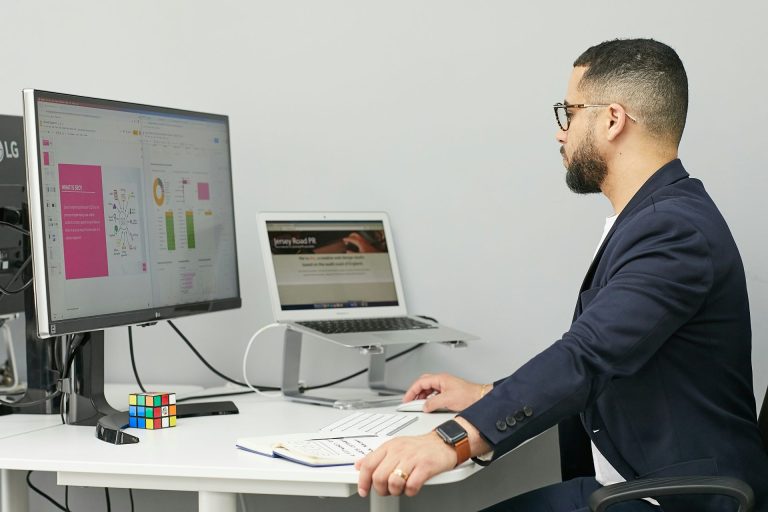
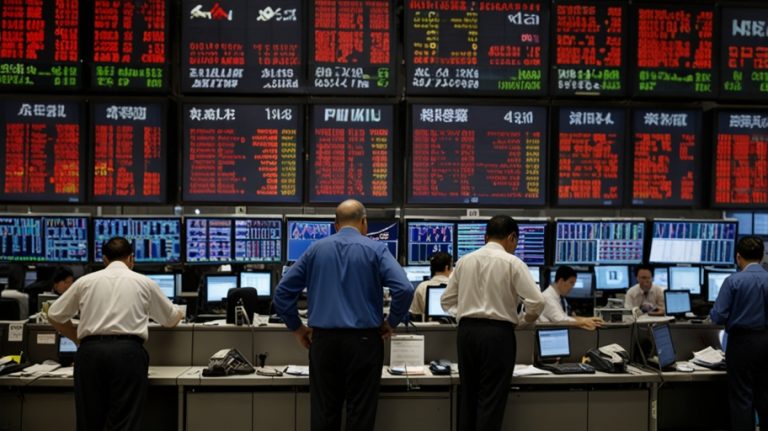

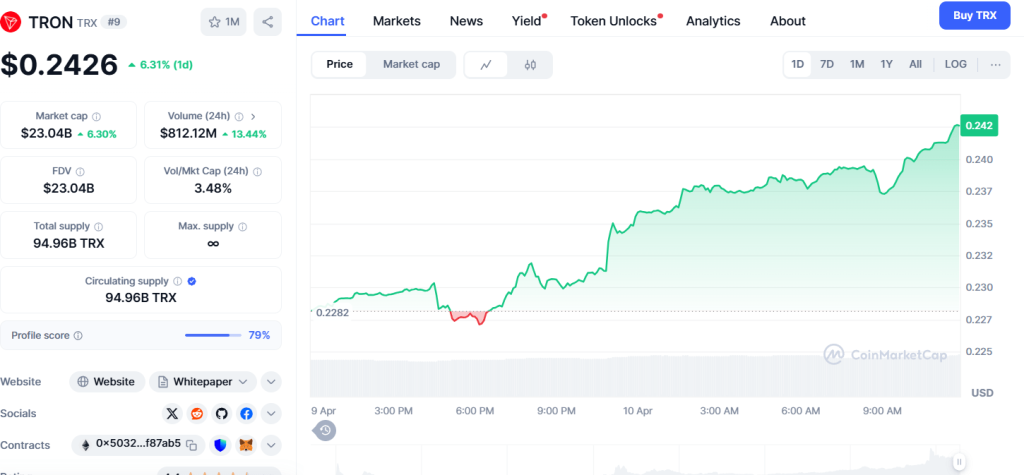

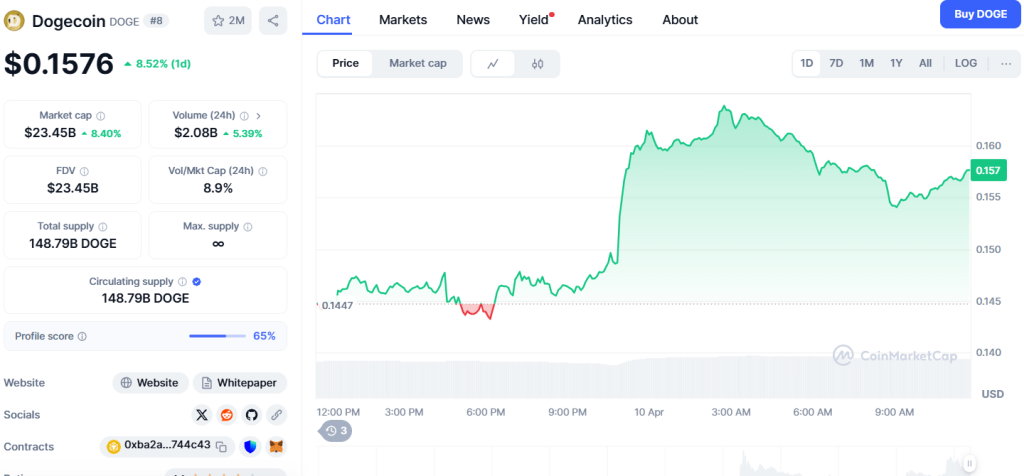
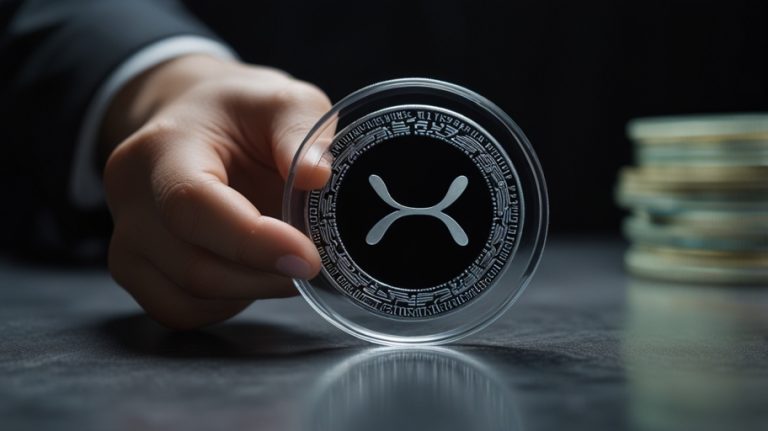
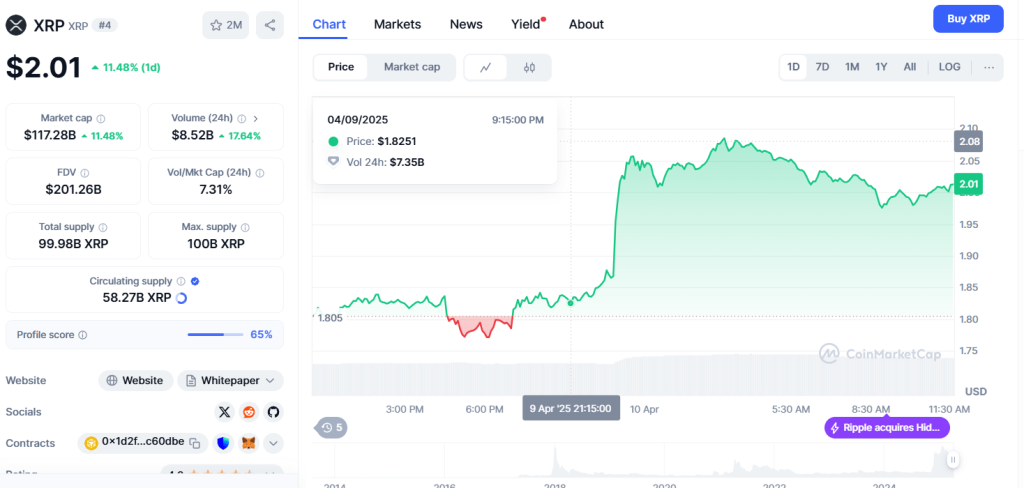





 Bitcoin
Bitcoin  Ethereum
Ethereum  Tether
Tether  XRP
XRP  Solana
Solana  USDC
USDC  Cardano
Cardano  TRON
TRON  Lido Staked Ether
Lido Staked Ether  Avalanche
Avalanche  Toncoin
Toncoin